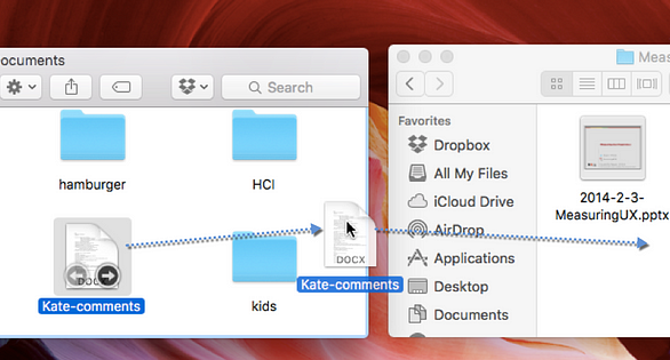UX Design
1M
45

Image Credit: UX Design
AI is reshaping UI — have you noticed the biggest change yet?
- AI is driving a new UI paradigm, shifting interactions from rigid processes to intuitive workflows where users define intentions while AI determines the best path forward.
- This shift challenges traditional assumptions about control and agency in human-machine collaboration, akin to the transition from command-line interfaces to graphical user interfaces.
- Direct manipulation interfaces, defined by immediate, visible actions on screen, have been foundational in UI design; however, AI-driven systems introduce goal-oriented interactions.
- AI interactions involve fluid, iterative processes where users collaborate with the system, refining inputs to achieve desired outcomes, marking a significant evolution in UI design.
- While direct manipulation remains relevant, AI enhances interactions by layering new models on established patterns to make interactions smoother and more intuitive.
- AI experiences should build on familiar patterns, such as utilizing open-ended prompts to guide user intent in a flexible and approachable manner.
- UX frameworks are also evolving to integrate AI, such as incorporating prompt writing and AI content generation early in the workflow to enhance content fidelity and user testing.
- The goal of AI in interface design is to seamlessly integrate into the user journey, empowering users by reducing friction and complexity, ultimately becoming an invisible assistant in achieving user goals.
- Effective AI should refine itself around user needs, like Netflix's recommender system, which quietly learns and adapts to provide effortless suggestions without demanding user attention.
- Designers should aim for AI that blends into the user experience, empowering users and minimizing unnecessary choices, ultimately enhancing the flow of achieving user objectives.
Read Full Article
2 Likes
For uninterrupted reading, download the app